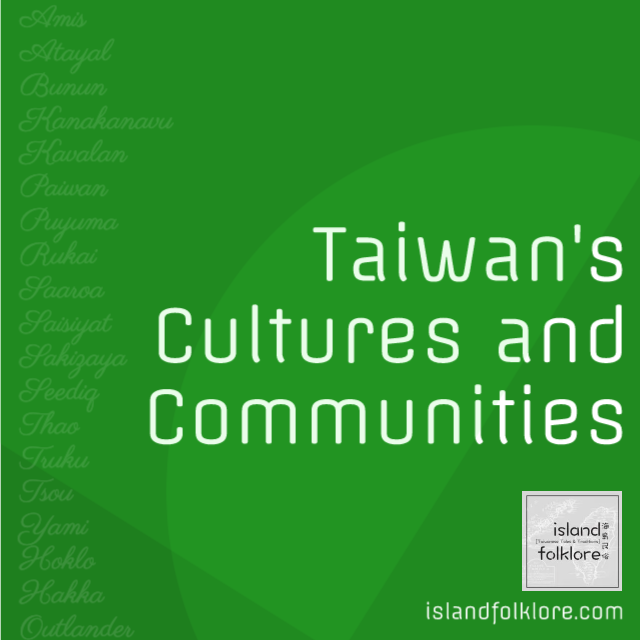The Sea Goddess is widely regarded as the protector of Taiwan.
Worshipped throughout Taiwan, Southeast Asia and coastal southern China, the Sea Goddess is the patroness of sailors and fishermen.
To the Taiwanese people—who inhabit an island and whose fates are thus intertwined with the goddess—she is also their protector and oversees their daily lives.
The Goddess’s devotees address her by the reverent and endearing title of Matsu (also rendered as Māzǔ in Mandarin or Má-chó· in the Taiwanese language). It means the Mother or the Ancestress.
The Taiwanese people pray to their patron goddess for all things—not just issues relating to the sea. They pray to her for protection, marriage, love, fortune and success.
Like a wise and loving parent, the Taiwanese see this compassionate deity as a motherly figure who watches over them. They have constructed thousands of temples, shrines and sanctuaries dedicated to her and devotion to the Sea Goddess is an integral part of life on the island.

According to legend, Matsu was a real person.
She lived over a thousand years ago in a humble fishing village in what is today the Fujian province of China.
Hers is a tale about a brave young heroine whose altruism led to her deification as a goddess.

In the year 960, on the small island of Meizhou, a baby girl was born to the Lín family.
Shortly after birth, the infant’s parents noticed that—unlike other newborns—theirs did not cry. Noting this peculiarity, they gave her the name Mòniáng, which means the silent maiden.
Mòniáng was brought up a tough fisherman’s daughter.
By her fifteenth year, she was an excellent swimmer and an expert martial artist. She was also kind and brave—and she worried constantly for the well-being of the fisherfolk who risked their lives with each sortie out to sea.
Whenever local fishing fleets were braved open waters, the young maiden would stand atop a crag overlooking the sea.
On this rock, Mòniáng—dress in bright red clothing that made her highly visible—would signal to the fishermen and guide them around treacherous, submerged rocks while putting herself in serious danger.
Her selfless, fearless actions became legendary and—already in her own lifetime—she became a sort of guardian angel of the fisherfolk. This noble life that she led, however, was to be a brief one.
In Mòniáng’s sixteenth year, her father set out to sea and was never seen again.
The teenage girl was deeply distressed and, bravely and foolishly, swam out to open sea on her own—desperately searching for her father.
Her search was futile and after long hours of exhausting swimming and searching, the teen drowned.
Her lifeless body eventually washed up on the shores of a small island in the Formosa Strait. That island was called Nan’gan and it is a part of what is now known as the Matsu Islands

After her death, Mòniáng was deified by the fisherfolk as a protector goddess of the sea. She came to be known by the title of Matsu and various mythical tales became attached to her legend.
Worship of Matsu gradually spread throughout southern and coastal Chinese communities, such as those on the continent in Fujian and Guangdong, and was eventually brought to overseas communities in Taiwan and Southeast Asia by 17th-century immigrants.
Many temples, shrines, and sanctuaries dedicated to Matsu in different countries maintain friendships and associations with one another, creating a vast devotional network spanning great distances and crossing borders.
On the island of Taiwan, annual parades are held to honour this heroine and goddess.
These are festive occasions where a figure of the deity travels in a carriage accompanied by a large entourage of acrobats, musicians, priests and faithful worshippers.
She visits various sites across the island associated with the goddess. These parades and processions are always accompanied by music, prayers, fireworks and celebrations as they tour the island nation.






